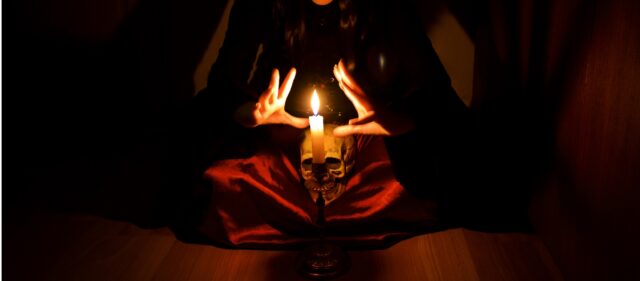
A lot of people don’t believe in curses at all, and it’s definitely understandable because many stories and legends about curses seem far-fetched and made up. But curses have been around for a long time and have been documented by historians and researchers.
If you keep an open mind, some events from ancient history could prove curses are actually real and here are a few really scary and bizarre stories about curses that will definitely give you the chills.
Assyrian Inscribed Stone
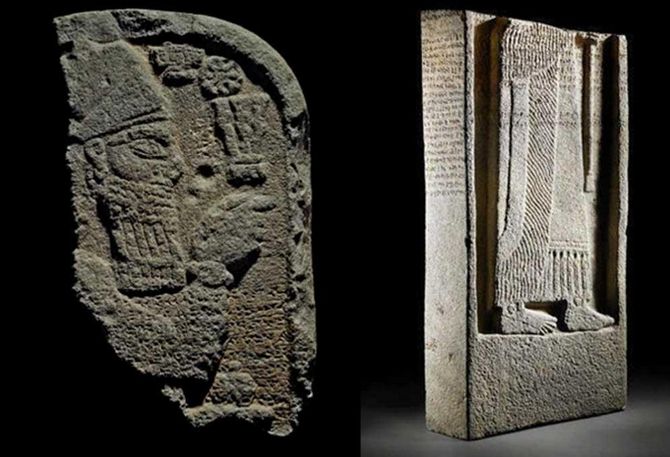
Dur-Katlimmu was an ancient Assyrian city that was researched by archaeologists in 1897, and they found a mysterious inscribed stone that was broken in two pieces and determined that it was from 800 BC.
When the inscription was translated, it was discovered that a curse was written on the stone. The stone features an image of an Assyrian king and some religious symbols, but the inscription states that if anyone were to remove this stone from the temple of the king, a god named Salmanu would curse and destroy them.
Cursed by Jesus
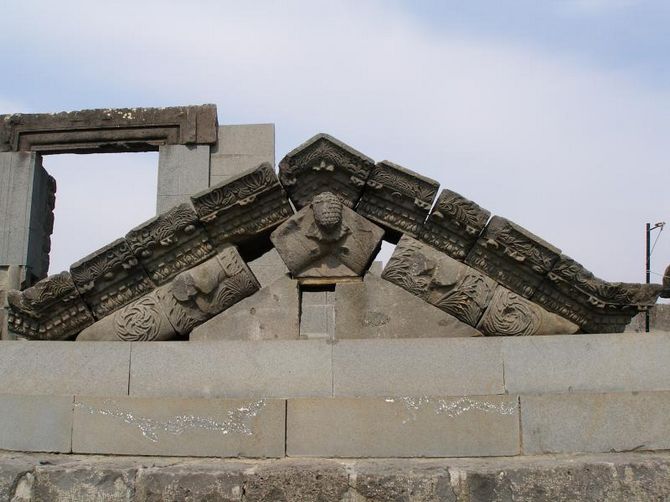
The Matthew and Luke Gospels tell the story of Jesus placing a curse on three places, and one of them was a village named Chorazin in northern Galilee. The story says that Jesus showed the inhabitants his miracles and asked them to stop living in sin. Even though the locals saw Jesus’ miracles, they ignored him, so Jesus allegedly placed a curse upon it.
Back in the 1800s, a synagogue was discovered in the same town, and it was made of black volcanic rock. The temple contained a stone chair engraved with the image of a Medusa. It is believed that due to this, legends started circulating that Chorazin would be the birthplace of the Antichrist. Eusebius of Caesarea, the historian, believed that an earthquake destroyed Chorazin in 330 AD and that Jesus’ curse caused the disaster.
Cursed Well
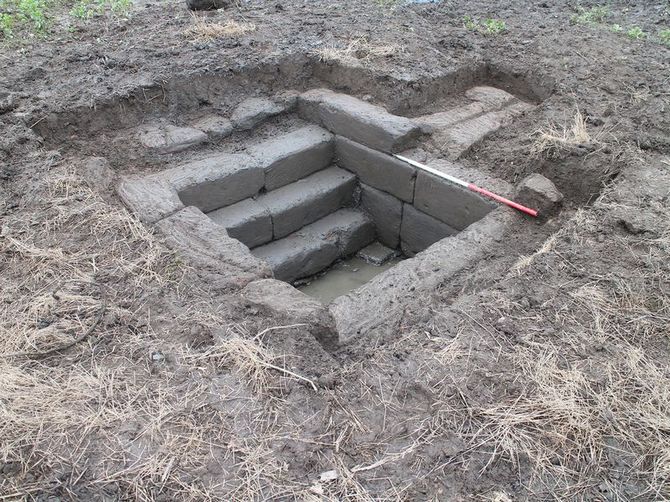
Quite recently, in 2016, a strange well was found in Liverpool, and it was dated to the Middle Ages. The well was called St. Anne’s well, after the Virgin Mary’s mother, who allegedly took baths in it. The well had healing powers and was able to cure various diseases.
It is said that monks guarded the well for hundreds of years, but in the 1500s, a priest, Delawney, and a landowner, Darcy, had a big argument over who owned the well. In the end, Darcy told the priest that he would no longer own the property, and quickly, the property was taken by King Henry VIII. Delawney, the priest, was furious and placed a curse on Darcy.
The priest died right after he uttered the curse, and a couple of months later, Darcy’s son was struck with a strange illness that led to his death, and one year after Delawney died, Darcy’s body was discovered in the well.
Curse of the Knight Templar

The Knights Templar were a military order active in the Middle Ages who were among some of the most powerful groups in the 1100s, and by 1929, a knight named Jaques de Molay was in charge of the order.
The French king, King Philip IV, together with Pope Clement V planned to overthrow Jaques de Molay, and they took away his duties, tortured him and even put him in jail. After 7 years in prison, Jaques de Molay was burned alive. However, he allegedly left a deadly curse for his enemies.
He said that both the Pope and the King would die in one year and described that the King would not have any heirs. In less than a year, both of them died, and the King’s heirs were all dead within a couple of years.
King Casimir’s Curse
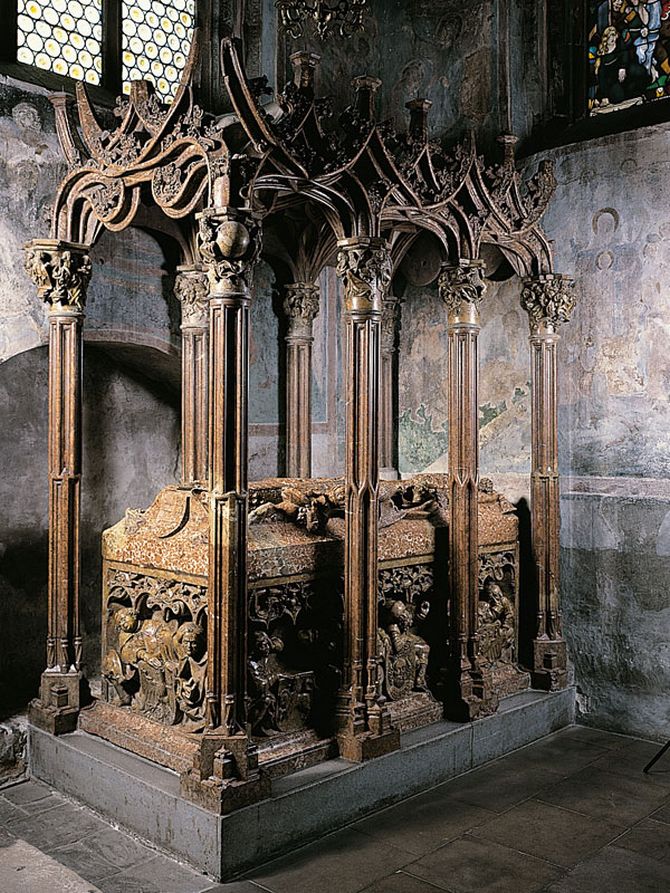
In 1973, a group of archaeologists excavated King Casimir IV’s grave in Krakow, Poland. Casimir passed away in 1492, and the grave was never opened, however, when the researchers entered the tomb, four of them died.
Strangely, the researchers kept dying over the next few years, and of everyone who entered the tomb, 15 people died in total. After some detailed research, it was concluded that Casimir’s body immediately decomposed when he died, and his body was sealed in a coffin, which created an environment for deadly bacteria.
It was determined that the deaths of the archaeologists were caused by a fatal fungus which can often be discovered in old graves. The fungus is named Aspergillus flavus, and it’s actually the same type that was found in the tomb of King Tutankhamun.







